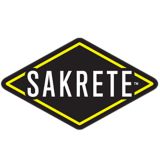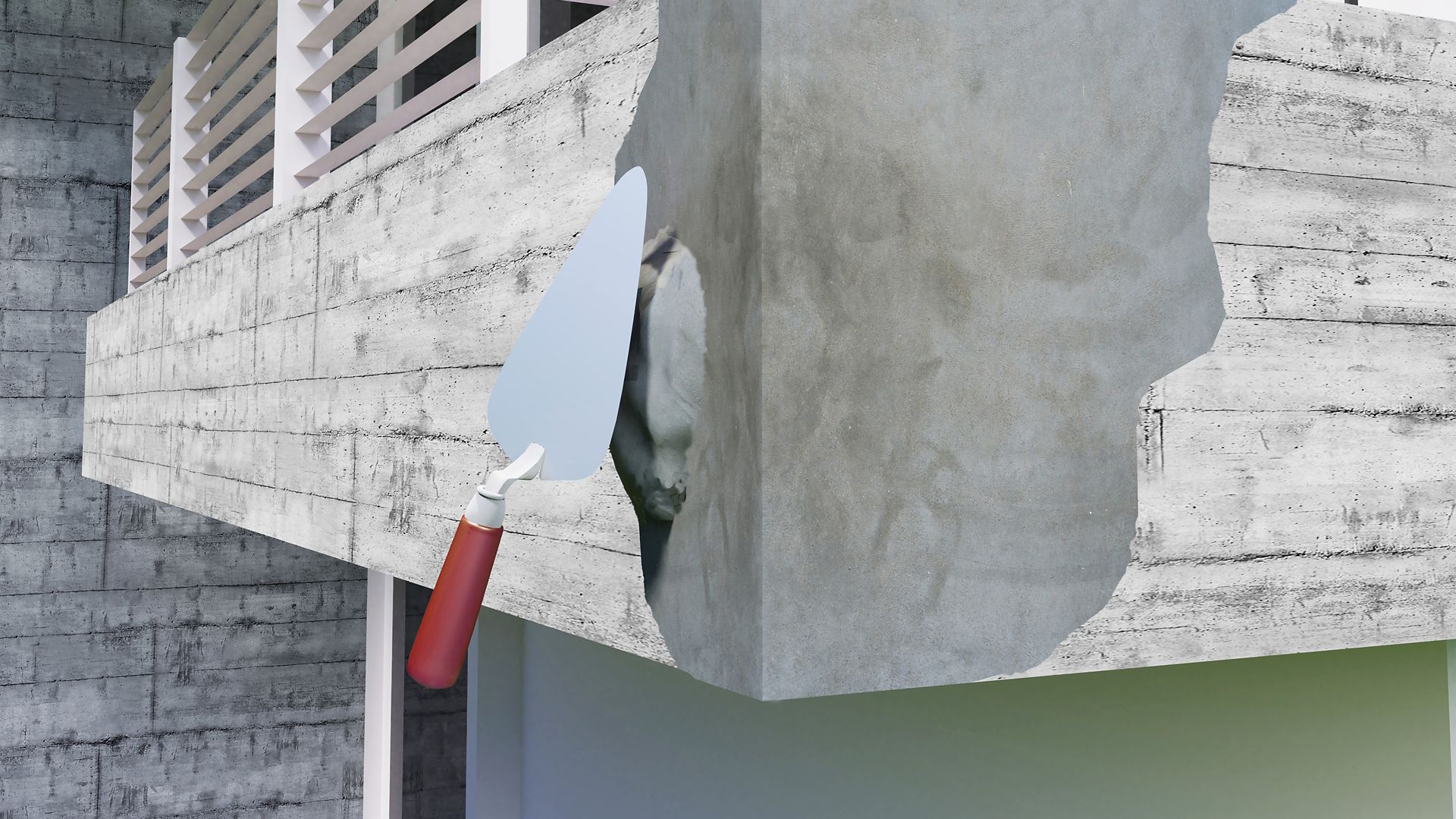Many people use the words “cement” and “concrete” interchangeably. While they are related, Pros know they are two very different things. Whether you’re asked to explain the difference to someone else, or just want to make sure you’re using the correct term, here’s what you need to know.
The Difference between Cement and Concrete
What is Cement?
When most folks talk about “cement” they are usually and incorrectly referring to concrete. This includes things like referring to the “cement” sidewalk, or seeing a “cement” truck driving down the street. The confusion is understandable. It has been forced upon us by Hollywood and the media which clearly doesn’t know the difference. Do you remember Jethro Bodine and the Beverly Hillbillies? If so, you may recall that they didn’t have a swimming pool, they had a “ceeeeement pond.”
Here’s the difference. Cement is a powder that by itself would not work well for pouring a sidewalk or a swimming pool. It’s just one ingredient used in the recipe for concrete.
Cement comes in lots of different flavors but the overwhelming majority of cement is gray and is referred to as portland cement. For any grammarians that happen to be reading this you will notice the word “portland” is not capitalized. That is not a typo. Portland is an adjective that modifies the word cement, not a city. The name portland cement comes from the fact that its inventor (an Englishman in 1824) thought that the hardened product resembled the limestone quarried on the Isle of Portland in the English Channel.
How is Portland Cement Made?
In the interest of space and to avoid causing you to stop reading, I will greatly oversimplify this. Simply put, portland cement is made by combining limestone, sand, bauxite, gypsum and a whole host of other possible raw materials. The materials are heated until they all melt together and then are cooled. This cooled product is called clinker. The clinker is ground into a fine powder that we call portland cement. This process is actually quite fascinating but requires a chemistry degree to make sense.
What is Concrete?
Concrete is a combination of stone (rock, gravel), sand, portland cement and water, in descending order of the amount of each material in the mix. As with cement, a full discussion on all of the types of concrete would bore most to tears, so we will stick with the basic product most people are familiar with. A residential sidewalk is likely to have a compressive strength of about 3,500 psi (pounds per square inch). That is the load in pounds that it can handle. The strength of the mix is determined by the application. For instance, the concrete in a high-rise building may be 6,000 psi or higher.
The properties of concrete can be altered by adding other ingredients in specific proportions. You can make it set faster or you can add air to give extra protection from the damaging freeze/thaw cycles of winter. Many concretes contain recycled materials such as fly ash or slag. Fly ash is the airborne residue left from burning coal and slag is a by-product of blast furnaces used in the making of steel. Using these recycled products not only keeps millions of tons out of landfills but they can improve the performance characteristics of concrete.
Sakrete makes a number of different concrete formulations in varying strengths and set times to meet the needs of different job requirements.
"Cement is a powdered ingredient used to make concrete. Concrete is the material used to make sidewalks, driveways and buildings."


